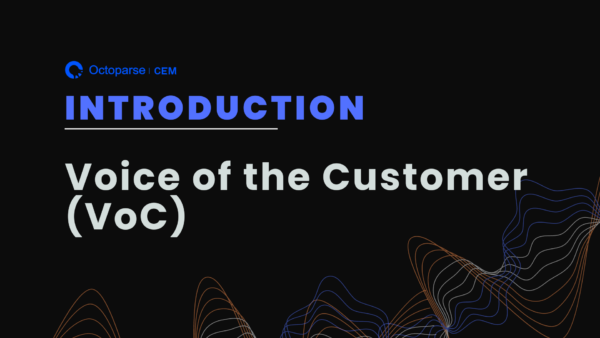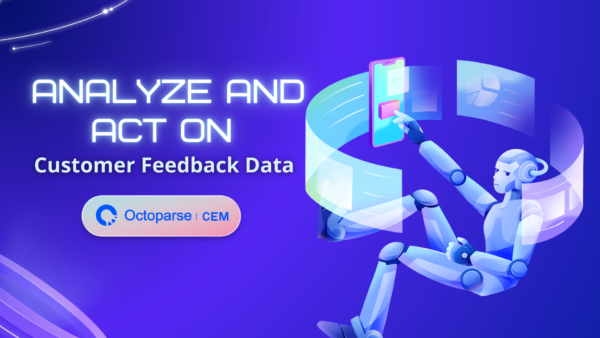Almost all Amazon consumers check product reviews before making a purchase. Product reviews are often a decision-making factor for many consumers, so how exactly can you maximize the value of such valuable reviews? Let’s explore how to conduct an Amazon review analysis in this post.
Why is Amazon Consumer Review Analysis Important?
“97% of customers say reviews influence their purchasing decisions.”
Product reviews will tell consumers what the current trends are and which products have market demand. Which products are no longer popular, and what are the differences between different brands of the same product? Many sellers will even pay for reviews in order to get more reviews. Consumers who really want to buy are very disgusted with this behavior and will even take the initiative to screen for fake reviews. Therefore, real consumer reviews are a very valuable resource for sellers. So how can we make the most of such precious resources?
Amazon reviews are usually consumers’ true emotional feedback, so in-depth listening of VOC (Voice of Customers) can help sellers monitor consumers’ true emotions, and also ensure that their products are ranked in the search rankings through data insight analysis. To occupy a place in the market, you can also optimize and innovate products by leveraging strengths and avoiding weaknesses in comparison with competitors. However, Amazon review analysis is still challenging, because excellent products have millions of reviews, and such a huge amount of data cannot be accurately analyzed manually, so for sellers, there is no scientific method. VOC (Voice of the Customer) listening involves certain risks.
How You Can Do a Good Amazon Review Analysis
When doing product product reviews, you need to consider the following questions:
- How many people left feedback?
- What is the average rating of the product?
- What is the customer sentiment like?
- Which keywords appear most frequently?
- Are there common phrases in the feedback?
- How have review trends changed over time?
- What are the favorite and least favorite product features?
- How do competitors rate?
The above questions, through the manual to accurately complete is almost impossible, even if it can also be very time-consuming; and with the help of tools can be twice the effort. Shulex can help sellers with VOC (Voice of the Customer) analysis, in the Amazon review collection, through the ABSA (Fine-grained Sentiment Analysis) to identify, multi-dimensional show sellers are most concerned about the core data.
Competence Support for Sentiment Analysis
What is ABSA?
Emotional expression is something we do all the time, and since 1954, there have been researchers and literature on “emotion analysis”. For sentiment analysis, we usually start by identifying the emotion behind each word – anger, disgust, fear, joy, sadness, or surprise. Natural language processing can accomplish this step. After this goes the training of the model, which teaches the machine to figure out the real meaning of the text – what evokes the emotions or how they are interrelated.

ABSA, aspect-based sentiment analysis (ABSA), is an important fine-grained sentiment analysis problem that aims to analyze and understand people’s perspectives at the aspect level and has received a lot of attention in the last decade. Dealing with ABSA in different scenarios introduces different tasks to analyze different sentiment elements and their relationships, including aspect terms, aspect categories, viewpoint terms, and sentiment polarity.
How to Drive Product Innovation with the Help of Product Reviews?
Product reviews are a powerful tool to drive product innovation. Only by listening to the real voice of the customer can we create a good product that moves the heart. Today, however, it’s not enough to rely on a product’s core competencies to attract consumers; it’s also important to align closely with market trends and always know exactly what consumers want in order to optimize and innovate.
Through the analysis of product reviews, it is clear what exactly is lacking in the product throughout the customer experience journey. Whether it is pre-purchase or post-purchase, customer reviews are always the most authentic, and all possible problems will be revealed. In addition to problems, customer reviews also reveal their “wants needs, and hopes“, and these analytics can be invaluable in your product optimization and new product development plans.
When consumers are well satisfied, this will further increase customer loyalty and word-of-mouth. In the long run, it will also lead to growth for the brand. So product reviews are a powerful tool to drive product innovation, and one of the common traits of all successful companies must be the importance of VOC (Voice of the Customer), which is invaluable to a company, whether it’s a good review or a bad one.
When consumers are well satisfied by us, this will further enhance customer loyalty and word-of-mouth. In the long run, it will also lead to growth for the brand. So product reviews are a powerful tool to drive product innovation, and one of the common traits of all successful companies must be the importance of VOC (Voice of the Customer), which is invaluable to a company, whether it’s a good review or a bad one.
It’s Only the Beginning……
Review analysis is of great significance to enterprises, when consumers are well satisfied, the star rating of the product will also be raised; in the Amazon platform, the position of the product in the search rankings and the star rating is also related to a certain extent; the positive feedback in the reviews will also affect the purchase decision of the intended customers, so the product optimization and innovation can not be separated from the consumers’ real emotional feelings.
If you don’t know where to start, try Octoparse VOC and get more reliable feedback data from Amazon first!



